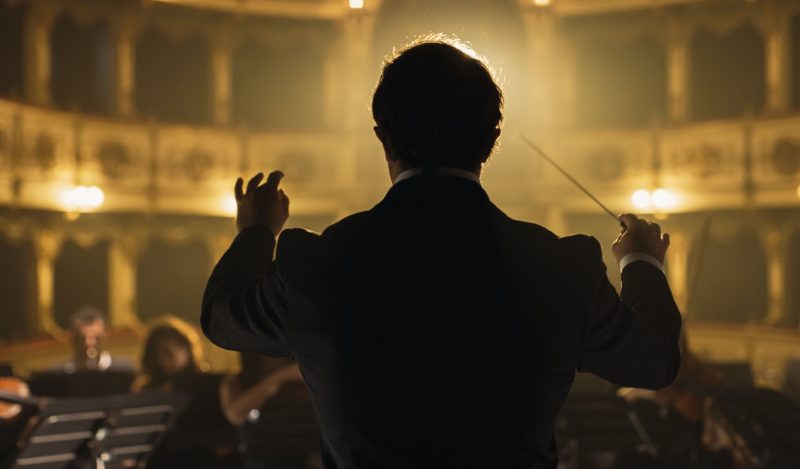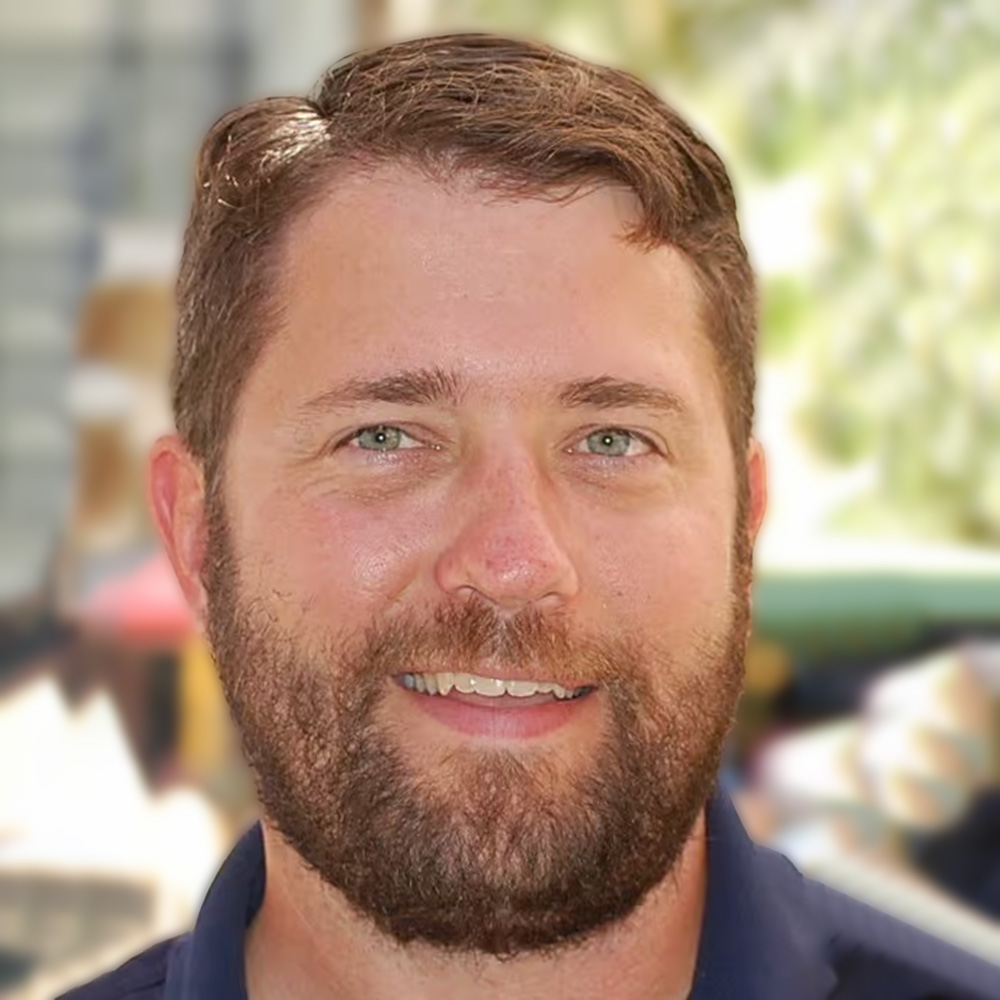I like to think of myself as a logician. A rational, critical thinker ready to discard any idea when new information presents itself. Behind the facade though, there was always a passing interest in the arts. Literature in particular, but I still remember the first time I sat in a room with an orchestra playing. A girl, now my wife, invited me to watch her play in her college’s orchestra and for the first time, the vibrations of orchestral harmony filled my world.
That experience led me to try to learn again. I had inherited a nice violin and my college’s music program offered music lessons. I signed up for the third time to learn music, this time to play the violin. I failed yet again.
In fact, my musical interests had only resulted in failure. Failure to play the piano, a beginner’s ability to play the standard chords on a guitar, and with my failure to play the violin, I decided to give up music entirely. It was time to call it quits and try other things.
I had other artistic failures as well. I took a stab at wood carving. I dabbled at drawing. I took a whirl at painting. I failed at everything. I sliced my hand with the knife, I dabbled enough to create muck, and my painting — well, there was paint on a canvas. It was incumbent. I needed to stick with what I was good at. So, I applied a hidden, innate creativity to programming. I fell back on my logical skills which I found easy to develop.
One day, I heard the Sarabande from Bach’s first cello suite. On a whim, I decided I hadn’t failed enough, and that I would try the arts again. I was going to learn how to play this Sarabande, and somehow, lightning struck.
Nine months into my cello journey, I played in my very first recital. It was the first time I had ever played an instrument publicly, and I was absolutely terrified. Most people can envision the terror of of public speaking, but imagine adding to that fear a slab of wood that displays all of your insecurities, all of your inadequacies, and parades every one of your internal feelings into the world.
I had chosen an easy song to play, but I was going to play it ambitiously. I was going to play the song Edelweiss without the aid of using the open strings. My teacher was impressed with my hubristic aspiration. Shifting at nine months into lessons is apparently unusual. I didn’t know any better.
Something unexpected happened. The recital was held at a nursing home, and a nurse was captured on video behind me. She was standing in the hallway when I began to play Edelweiss, and she started crying. When I watched the video later, I thought at first, Oh, she’s just having a bad day. As the video progressed, I noticed that she was bobbing her head along with the music I was playing.
I was beyond utterly shocked. The video shows every mistake a nine-month-old, unreasonably ambitious cellist can make. My rhythm wasn’t right. I played out of tune. My bow stroke was short and sharp. I was nervous and the bow strokes bounced along the strings nervously rather than the long and elegant stroke proper playing of Edelweiss requires.
The video also shows that I was completely aware of all of these mistakes. When I finished playing, I frowned. I shook my head in disgust. I didn’t smile.
Behind me, out of sight, this nurse was experiencing a beautiful, nostalgic moment. I was disappointed in my playing, and I was frowning. I am even more disappointed now in recollecting it. I should have smiled.
Recently, we banished smiles. The arts chose to ban themselves. Artistry, as it turns out, is not essential.
It was interesting when my cello studies led me to a series of fabulous YouTube videos by another cellist turned conductor, Benjamin Zander. Mr. Zander’s series is one of different interpretations of music. One video will haunt me forever. It is essential viewing — especially for any aspiring artist.
A wonderful cellist plays Fauré’s beautiful Elegy, and he plays it wonderfully, though without obvious impact. Mr. Zander tells the story behind the song: Fauré wrote it for his recently deceased wife. The song begins with an ominous piano intro: the tolling death knell of church bells.
The song moves on from the main theme to a passionately lyrical theme. It is a memory. It is the aroused souls of two lovers locking eyes, frolicking in indistinguishable heartbeat, and falling madly in love. But one of the lovers is gone, and heart-rending despair interrupts.
Mr. Zander implores the cellist, “Bring death into this room!”
At Mr. Zander’s urging, the cellist does bring death into the room. One woman is moved to tears. A man thanks the cellist for recalling memories of a passed loved one. They experienced the transformative power of classical music.
Gustav Mahler said, “The symphony must be like the world. It has to embrace everything.”
It’s not just the symphony that must embrace everything, it is we as individuals that must as well. We are the symphony.
The nerves of a new cellist can somehow, implacably, bounce a bow across the wrong notes, in the wrong rhythm, with the wrong pitch, and still produce a moving moment in a listener. In the video above, memories of two lovers forever connected and forever departed are brought back to life despite more than a century between when the music was written and when it was played. Memories, not just of the two lovers that inspired the music, but of all of the lovers in the room that day.
Artistry is alchemy, and artists are the only group that have the power to transform frequencies in time, oil on canvas, or words on a page into the emotions of a soul.
When many of us turned to the cold, detached, impersonal reasoning of the hard sciences during the Covid Pandemic, we forgot that some infections are worth spreading.
We spent years needlessly frowning behind masks and protocols. We didn’t smile.
I frowned at my unreasonable cello playing. I didn’t smile, but I should have.
I learned my lesson after that first recital. Now — I smile no matter how badly I play. It is the most important thing an aspiring cellist can do after a performance.
Smiles will always be an infection we should Start to Spread.
Republished from the author’s Substack
Join the conversation:


Published under a Creative Commons Attribution 4.0 International License
For reprints, please set the canonical link back to the original Brownstone Institute Article and Author.









